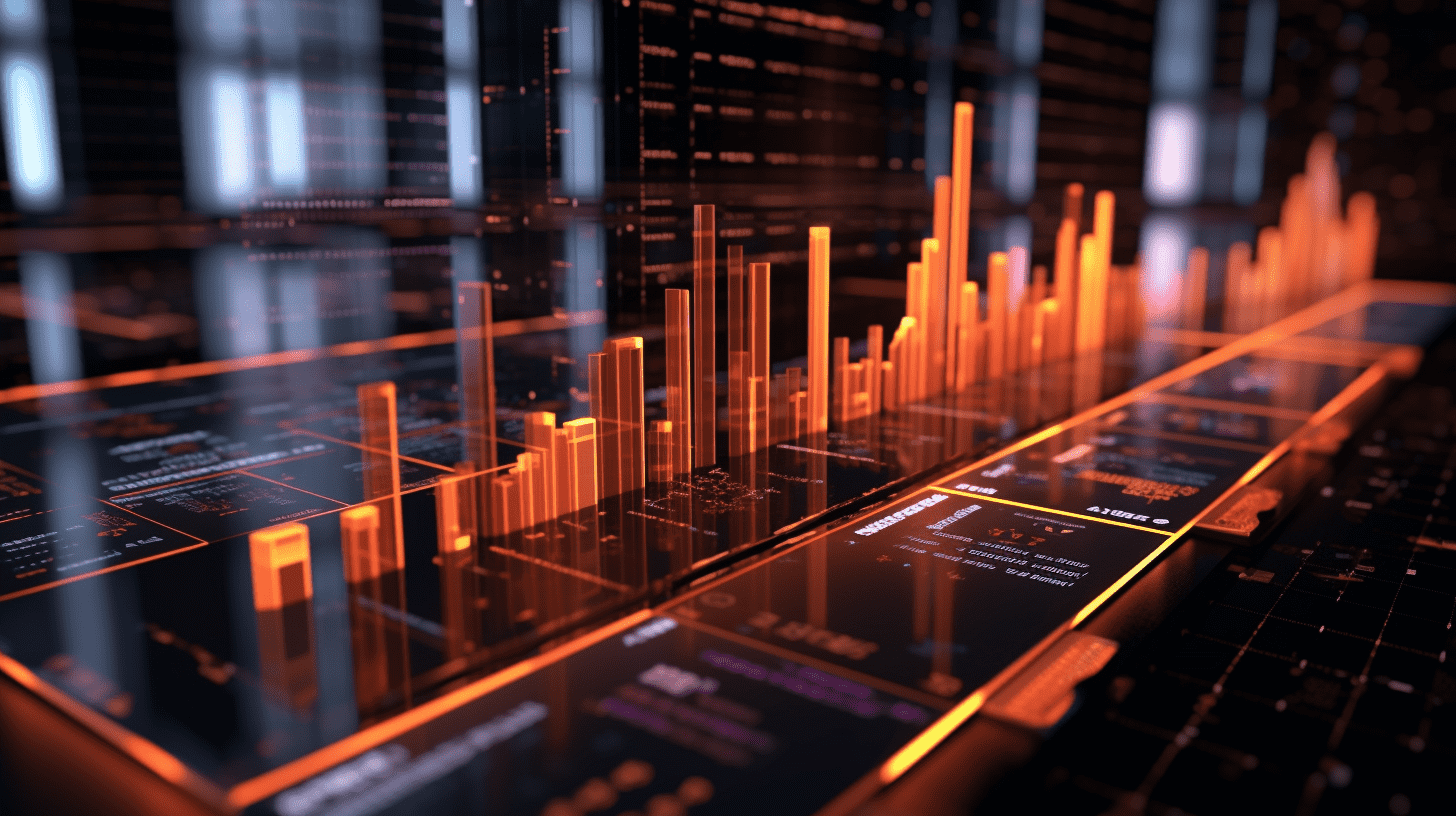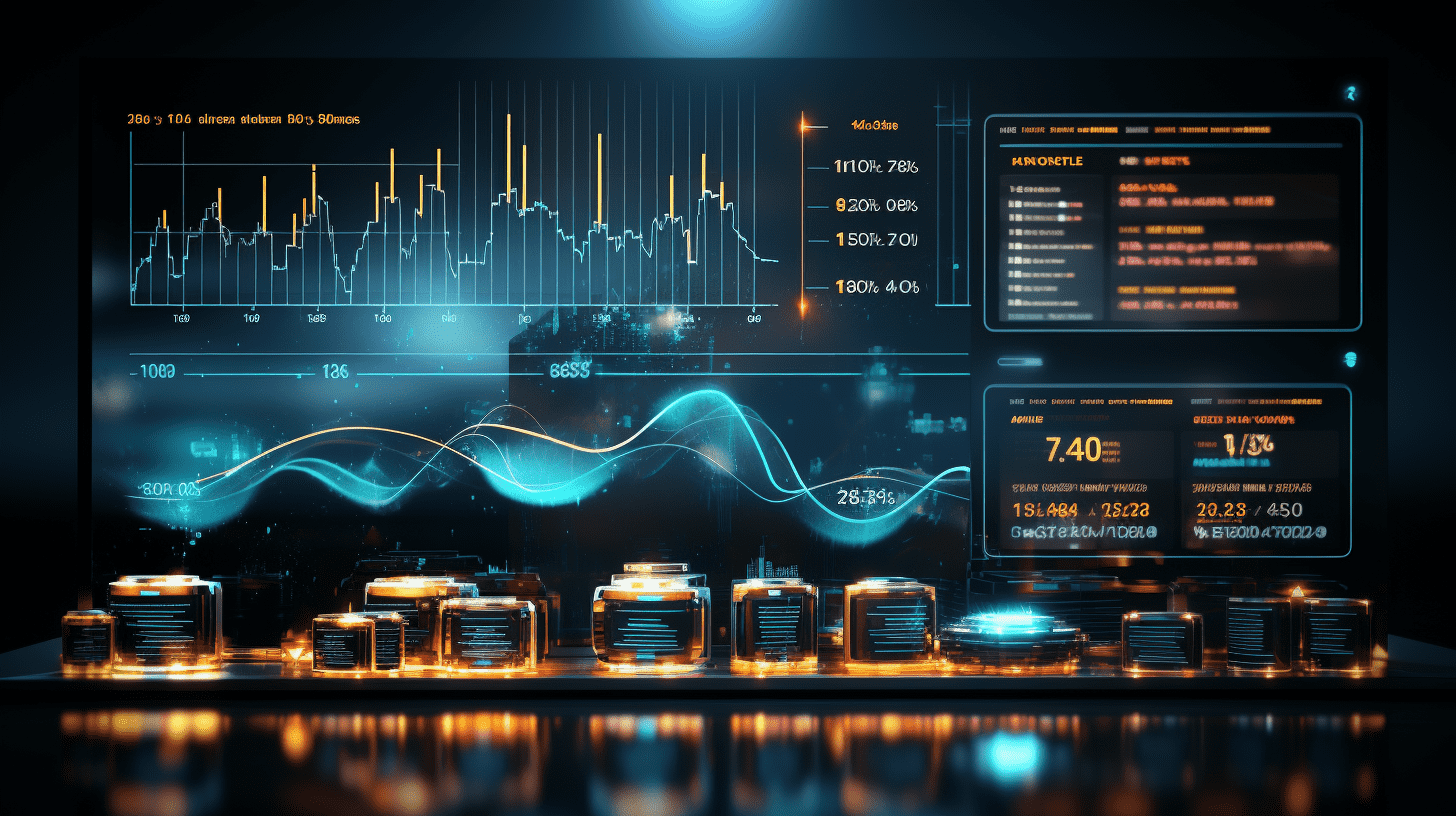China Securities Co., Ltd.: The core contradiction in the current industry is anti-internal turnover, optimistic about the direction of new technology iteration in the photovoltaic industry.
The industry believes that the reversal of supply and demand still needs to see stronger-than-expected capacity policies. It is optimistic about leading raw material companies within the sector, as well as new technology directions (BC, TOPCon 3.0, slurry materials).
China Securities Co., Ltd. released a report stating that the photovoltaic industry chain is currently still in a state of supply-demand imbalance, and the core contradiction in the industry continues to be the anti-insular driving the clearance of excess production capacity. The current anti-insular measures mainly include rectifying sales below cost price, capacity integration, and eliminating outdated production capacity. Rectifying sales below cost price has achieved significant results, with prices of silicon materials, wafers, and cells gradually increasing, while the price increase in components is limited in the short term, and the subsequent pricing situation needs to be closely monitored. In terms of capacity clearance, the new energy consumption standards for polysilicon are significantly tightened, and it is expected that this may be an important means of capacity clearance in the future. In the short term, it is important to focus on capacity integration and industry efforts to control production capacity. The company believes that the industry's supply-demand balance still needs to see stronger-than-expected production capacity policies, and it is optimistic about leading material enterprises within the sector, as well as new technologies such as BC, TOPCon 3.0, and pastes.
The main points of China Securities Co., Ltd. are as follows:
Short-term demand is stable, and uncertainty exists in the domestic market in 2026. The core contradiction in the industry lies in the strength of anti-insular policies.
Currently, the capacity of various links in the photovoltaic industry chain exceeds demand, and component production is stable in the short term. After Shandong's 2025 on-grid electricity prices are implemented, the drop in comparison to thermal power guidance prices is significant, leading to increased uncertainty in domestic demand in 2026. The company believes that the current core contradiction in the industry still lies in supply. Since 2024, the photovoltaic industry has been mentioned several times as a typical industry for anti-insularity. In July of this year, with the publication of articles in People's Daily and a meeting of the Central Economic and Financial Committee, the process of anti-insular photovoltaics has accelerated significantly. The key to whether the industry can turn around lies in the enforcement strength of anti-insular policies.
Rectifying sales below cost price has been effective, and attention should be focused on the pricing of components, as well as the completion of capacity integration and the implementation of new energy consumption standards to promote capacity clearance.
The main directions of anti-insularity in the photovoltaic industry include two aspects: firstly, under the constraints of the "Price Law," strict rectification of sales below cost price in the industry. Since July of this year, significant progress has been made in the silicon material segment, with prices rising from around 34,000 yuan/tonne to about 52,000 yuan/tonne, above the full cost for leading companies. Wafer and cell prices have followed the rise in silicon material prices, with limited increases in component prices. Whether domestic bidding prices will rise smoothly in the future is a key observation point. Secondly, capacity integration, the elimination of outdated production capacity, and industry self-regulation of production. Currently, progress in capacity integration in the silicon material segment is relatively fast, and a recent draft of new energy consumption standards for polysilicon requires substantial tightening, with implementation scheduled to begin in late 2026. This is expected to be one of the important means for reducing capacity in silicon material production.
Fundamental considerations: The industry still faces high inventories and large production capacities. The focus of observation in the future will be the level of production control and inventory reductions in the industry.
Inventory levels in the industry are high, especially with an estimated total inventory of 400,000 to 500,000 tonnes in the silicon material segment. Against the backdrop of uncertainty in industry demand in 2026, if silicon material output remains at current levels, it will be difficult for silicon material inventories to return to normal within 2026 (1-2 months). Only by limiting silicon material production to 80,000 tonnes/month and assuming steady demand in 2026 can the inventory cycle of silicon materials be expected to return to normal. Therefore, the level of production control is the core contradiction in the marginal trend of industry prosperity in the future. If production control is sufficient, it will help promote a gradual recovery of industry prosperity. If overall demand can increase due to certain external factors, the chain of industries' prosperity will have stronger sustainability.
Investment recommendations
Favorable direction 1: Benefiting from the trend of anti-insularity in the photovoltaic industry, leading companies are expected to benefit. The further advancement of anti-insularity policies will guide various segments of the photovoltaic main materials back to a reasonable level of profitability. Currently, the market's expectations for this are not sufficient, and the value of some second-tier leading companies and specific segments with significant advantages is undervalued, with great potential for upward movement. It is recommended to pay attention to leading enterprises in various segments of the industry chain, including Tongwei Co., Ltd, Xinjiang Daqo New Energy, LONGi Green Energy Technology, JA Solar Technology, Trina Solar Co., Ltd, CSI Solar Co., Ltd., Hangzhou First Applied Material, Flat Glass Group.
Favorable direction 2: BC cells. With differentiated advantages, BC cells currently enjoy a premium relative to TOPCon. The gross profit margin of Shanghai Aiko in Q2 has improved significantly. It is recommended to pay attention to Shanghai Aiko Solar Energy, LONGi Green Energy Technology, Wuhan DR Laser Technology Corp., Hymson Laser Technology Group, Shenzhen S.C New Energy Technology Corporation, Suzhou YourBest New-type Materials.
Favorable direction 3: TOPCon 3.0. As de-passivation, Polyfinger, 0BB, and other efficiency improvement technologies gradually come into play, the power of TOPCon modules can reach 640W by the end of this year, and new technologies such as four-cut pieces are expected to reach 660W next year. Enterprises with leading technologies are expected to enjoy dividends.
Favorable direction 4: Cost reduction through metallization. The significant increase in silver prices has added non-silicon costs to cells. The industry has a strong demand for non-silver and low-silver solutions. It is recommended to pay attention to cell companies with faster progress in non-silver and low-silver solutions, such as Shanghai Aiko Solar Energy, and paste solution suppliers Changzhou Fusion New Material, Wuxi Dk Electronic Materials Co., Ltd.
Related Articles

New Stock Outlook | Da Hong Pao Makes Another Move into the Hong Kong Stock Exchange: "A Cup of Tea" Supports an IPO

HK Stock Market Move | 160 Health (02656) rose more than 8% during trading, hitting a new all-time high. Since its listing a month ago, the stock price has increased by over 256% compared to the IPO price.

FIRST SHANGHAI: Initiated coverage on Yu Hao Children (01086) with a "buy" rating and a target price of 1.85 Hong Kong dollars.
New Stock Outlook | Da Hong Pao Makes Another Move into the Hong Kong Stock Exchange: "A Cup of Tea" Supports an IPO

HK Stock Market Move | 160 Health (02656) rose more than 8% during trading, hitting a new all-time high. Since its listing a month ago, the stock price has increased by over 256% compared to the IPO price.

FIRST SHANGHAI: Initiated coverage on Yu Hao Children (01086) with a "buy" rating and a target price of 1.85 Hong Kong dollars.






